| For Mann, drawing and painting became "almost like a sixth sense.” For Italian sculptor Giovanni Gonnelli, also known as il cieco da Gambassi or "the blindman from Gambassi" (1603–1664), touch and "inner" vision enabled him to sculpt again in clay after he went blind. He received praise and patronage from such important figures as the Grand Duke of Tuscany and Pope Urban VIII. |
[In a future post, I'll share what I'm learning about how blind photographers are able to use light to keep making photographs.]
What do you fear losing as an artist?
Do you know artists who have lost their sight or other functions? How did they deal with it? Do you think their artwork actually got better? If so, why?

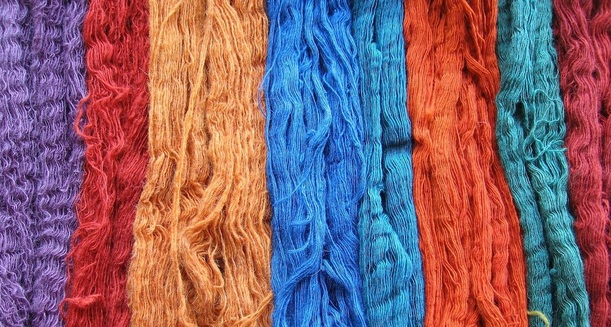
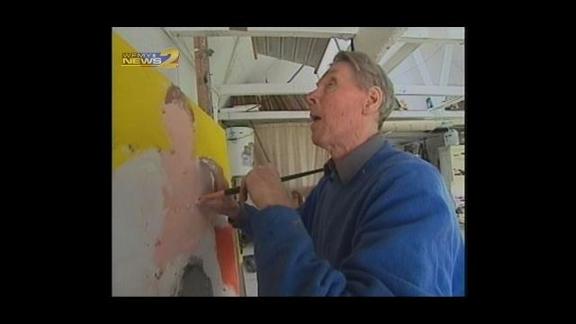
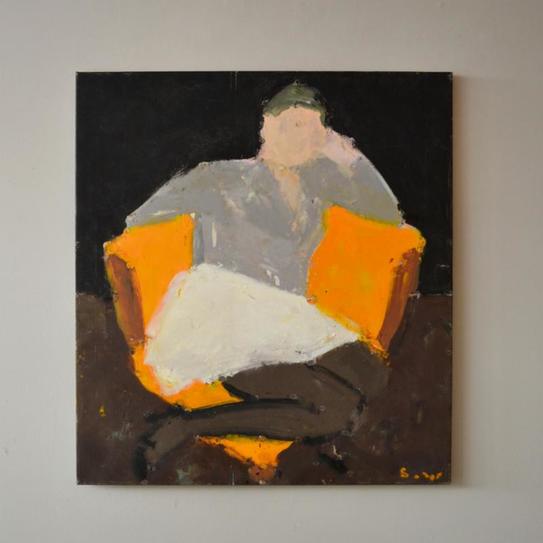
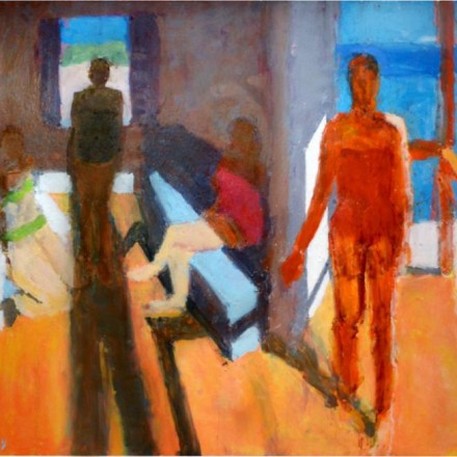
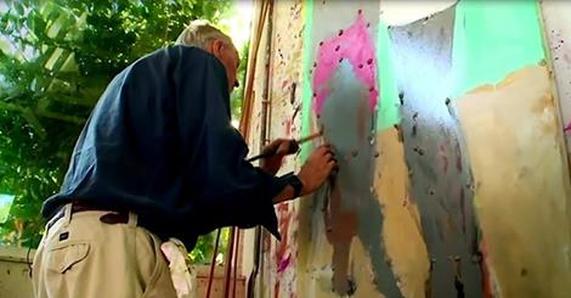
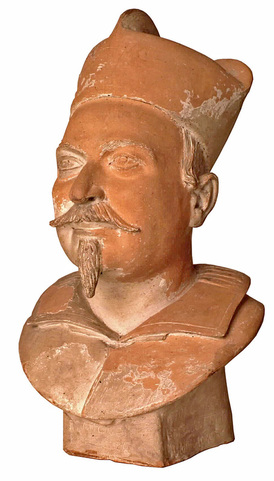
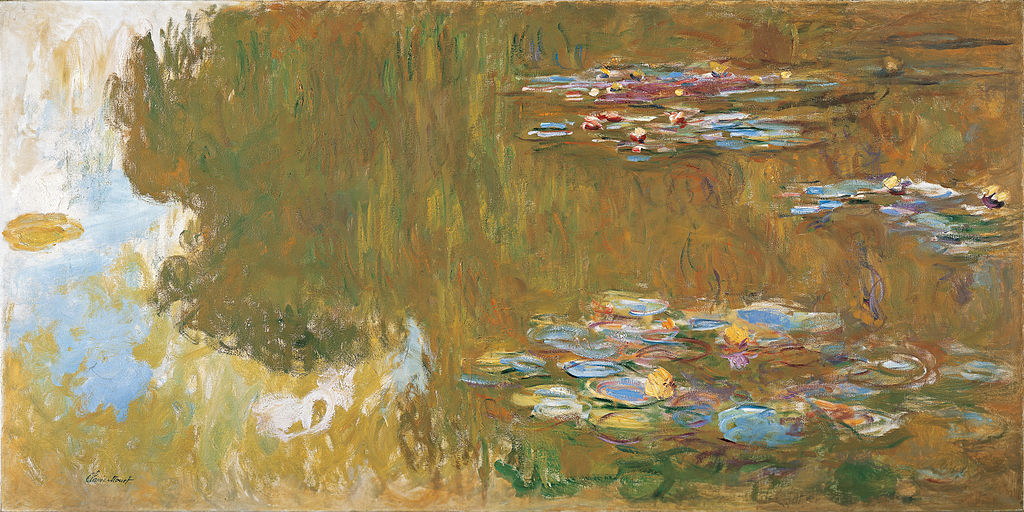
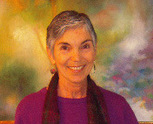
 RSS Feed
RSS Feed
